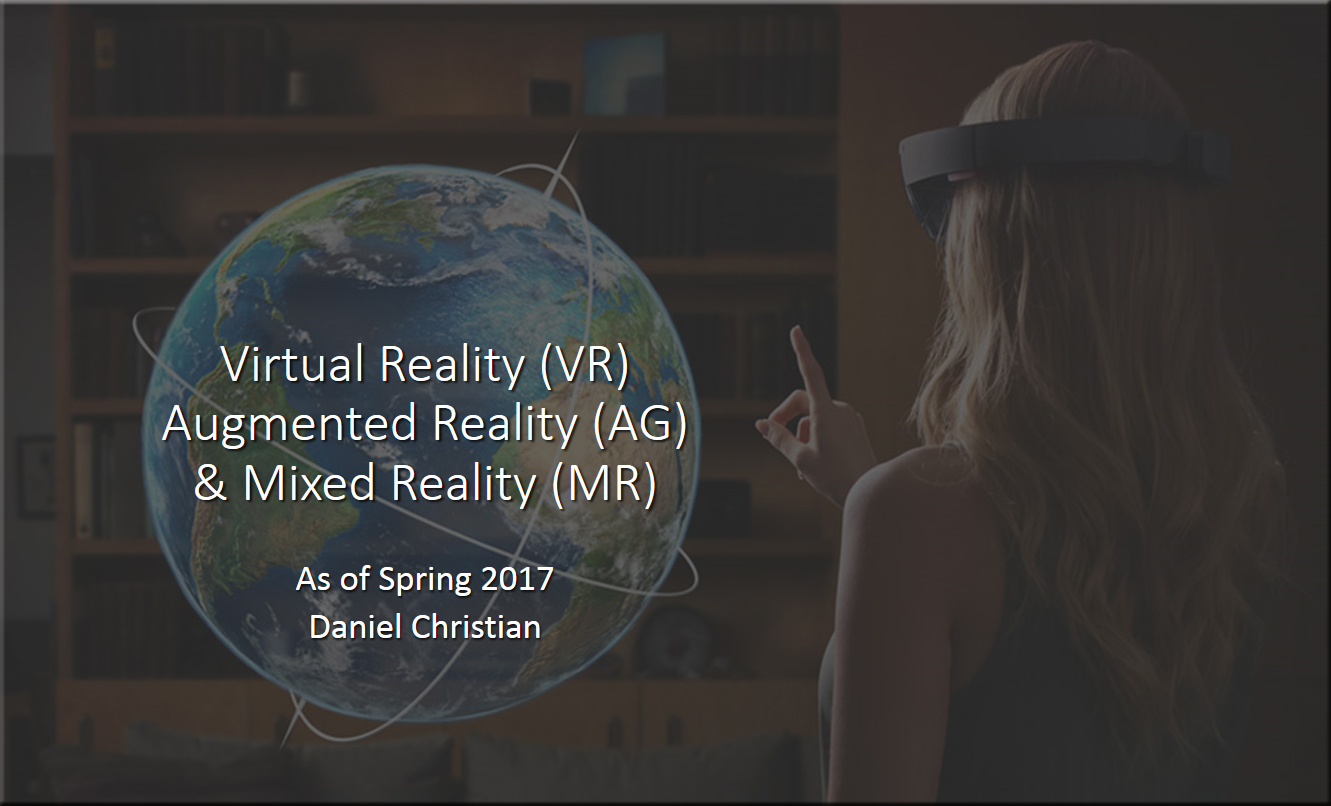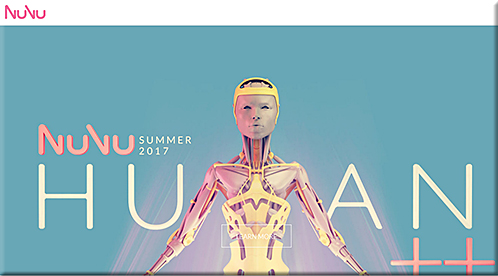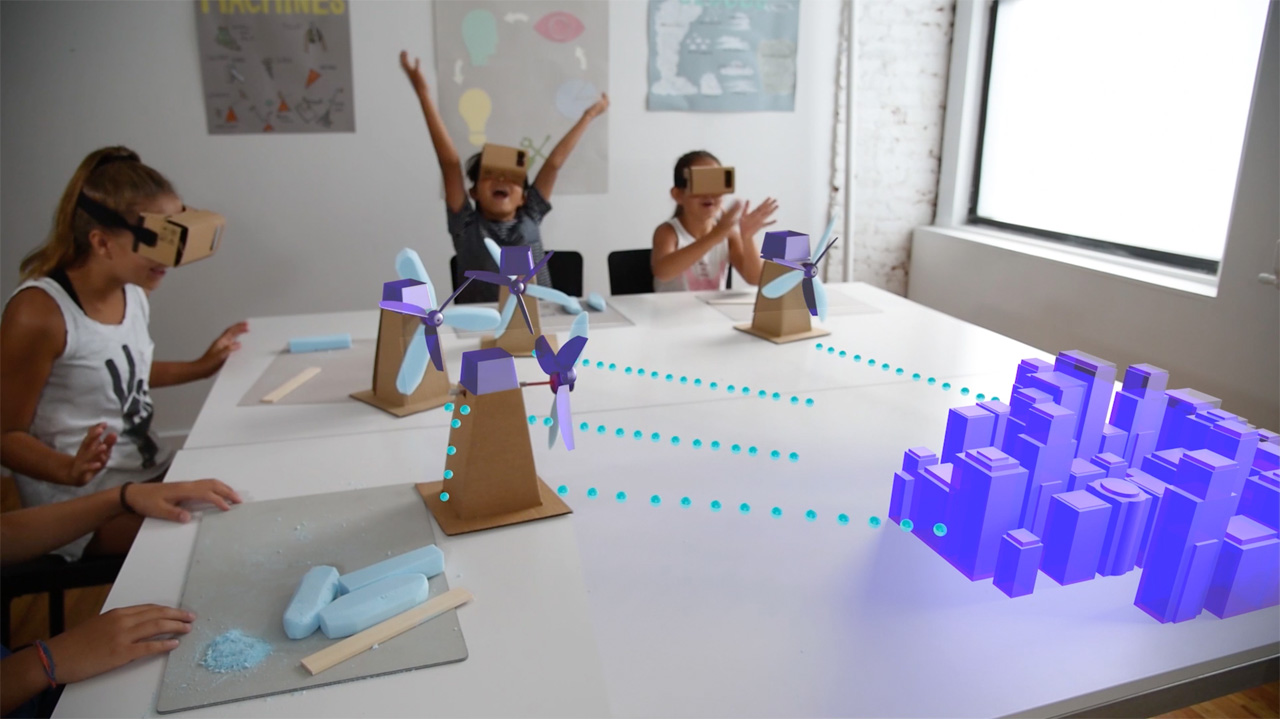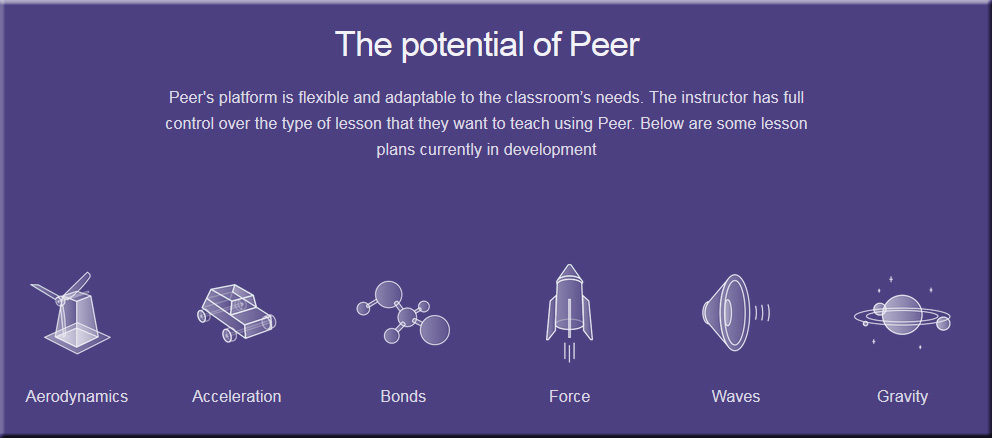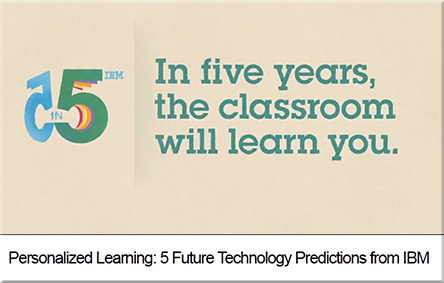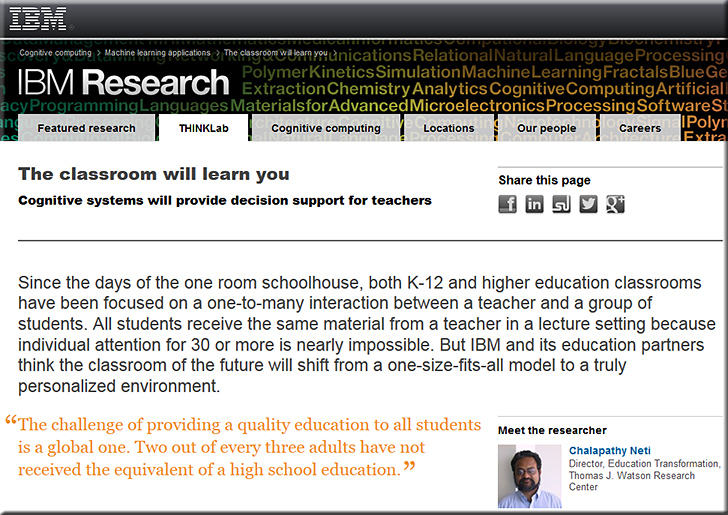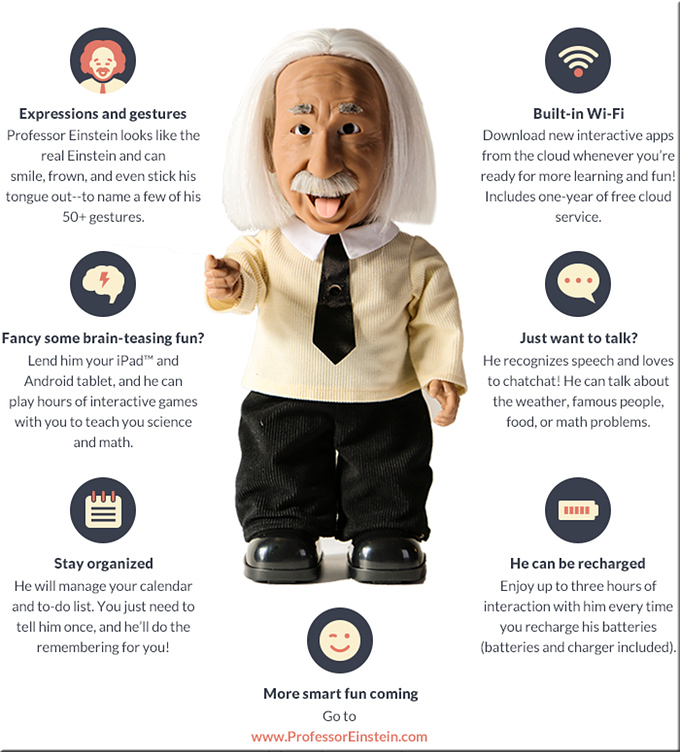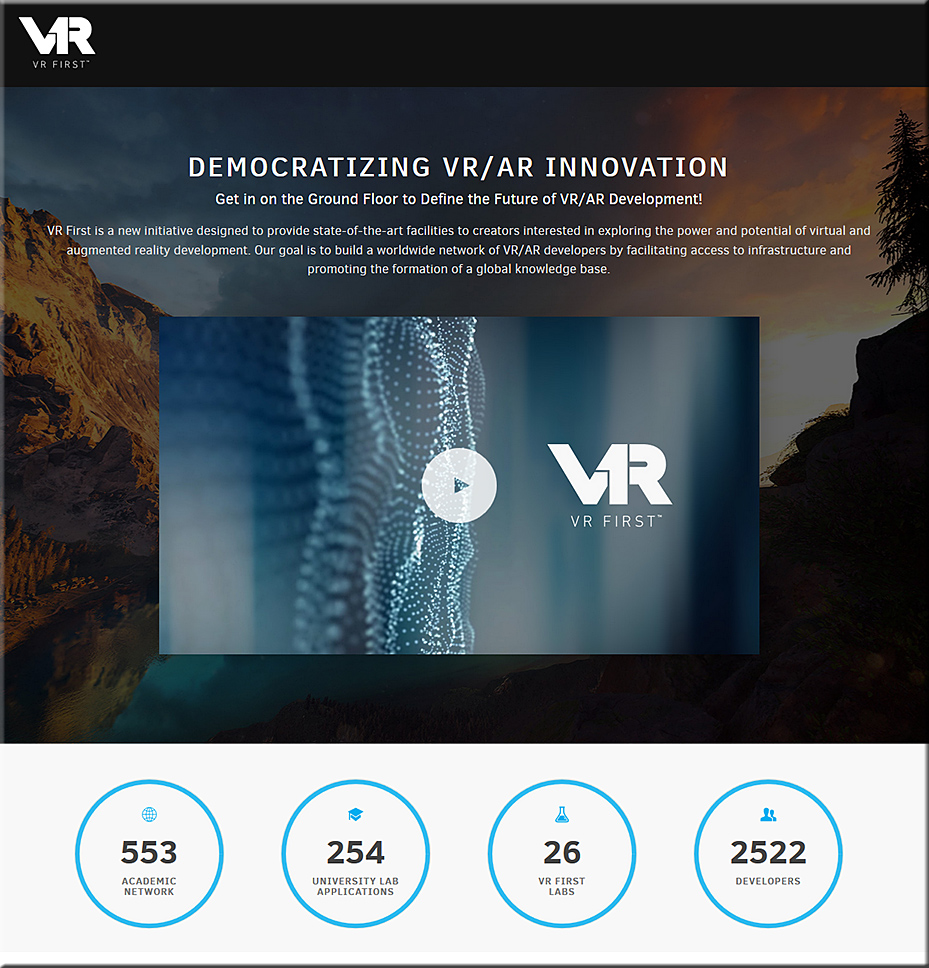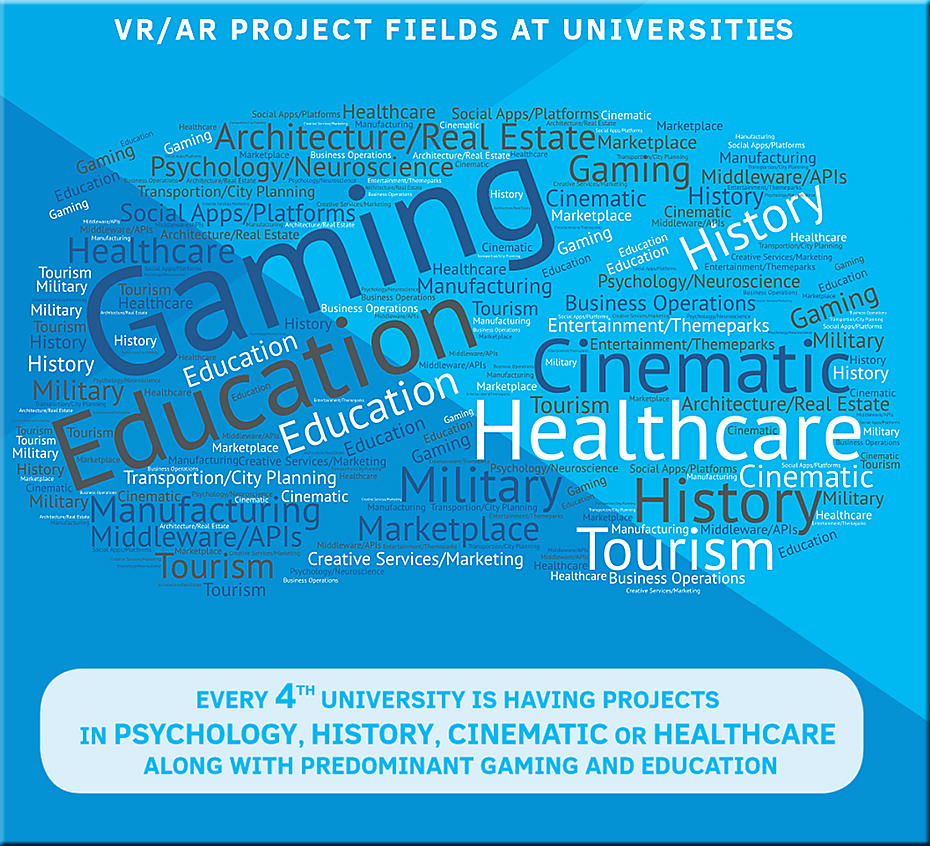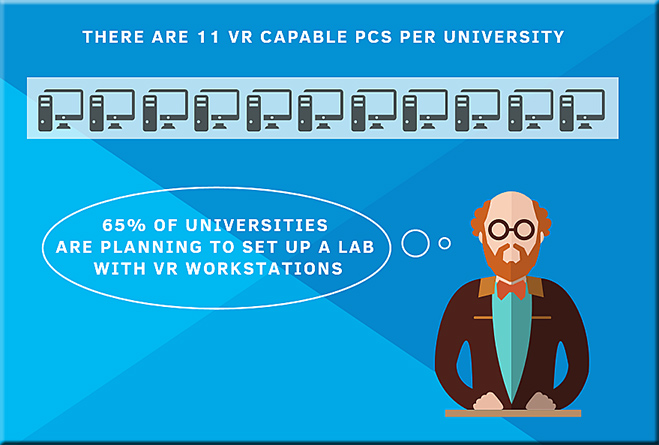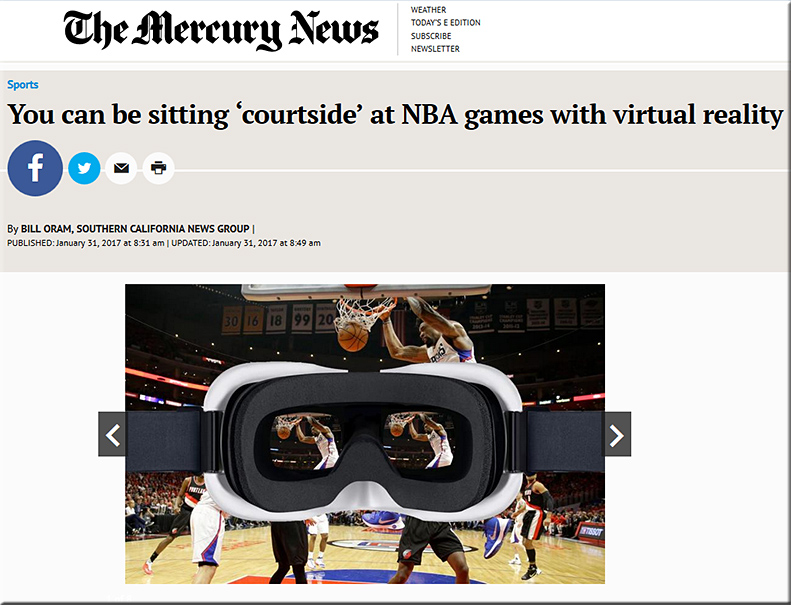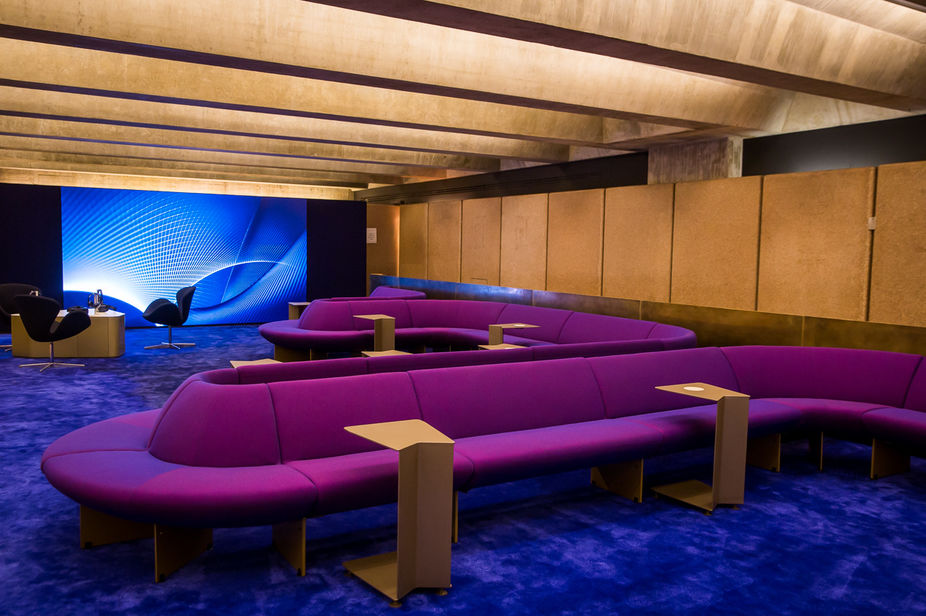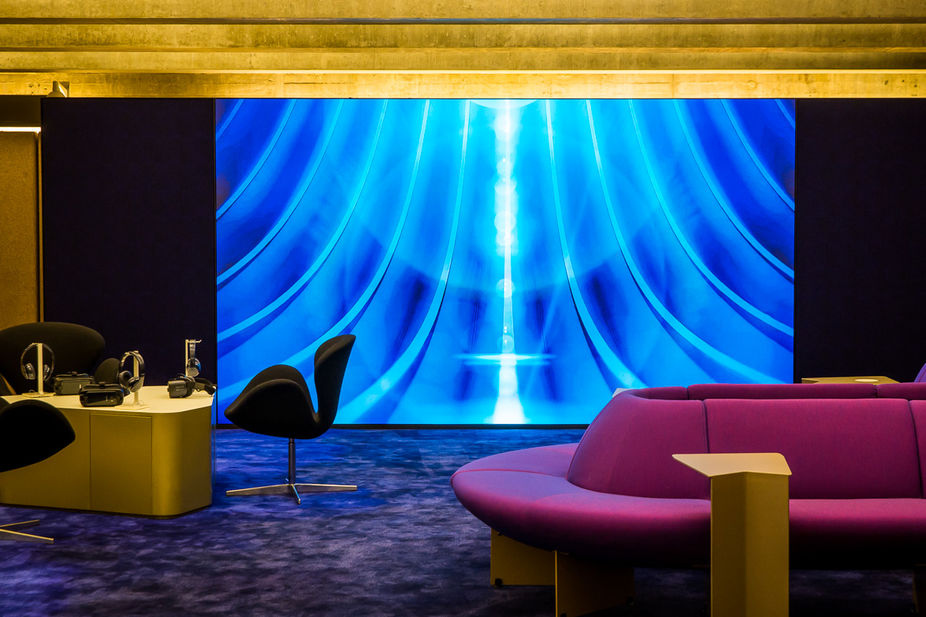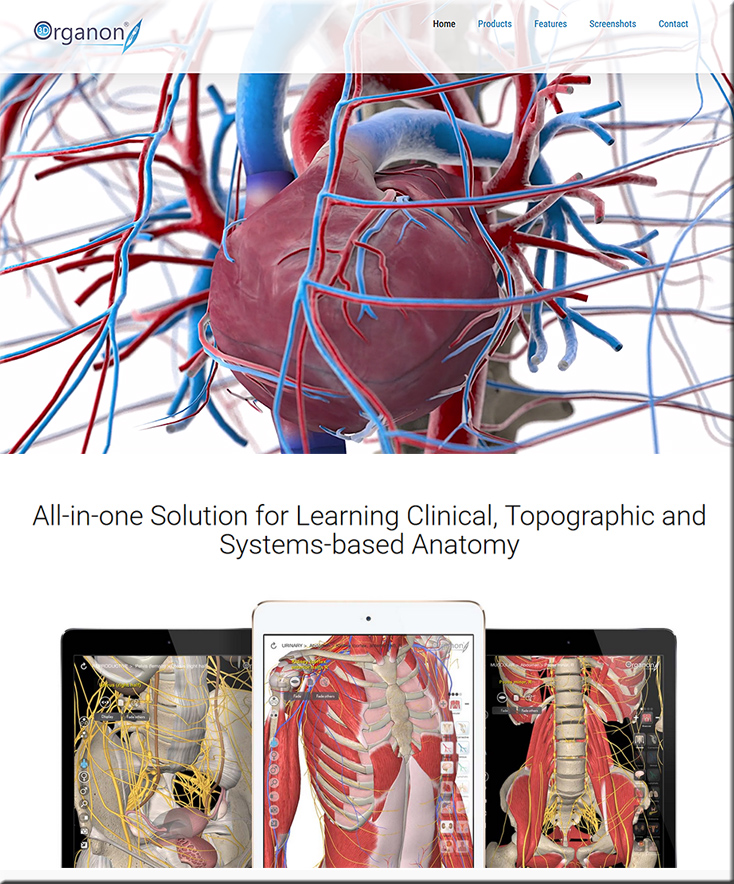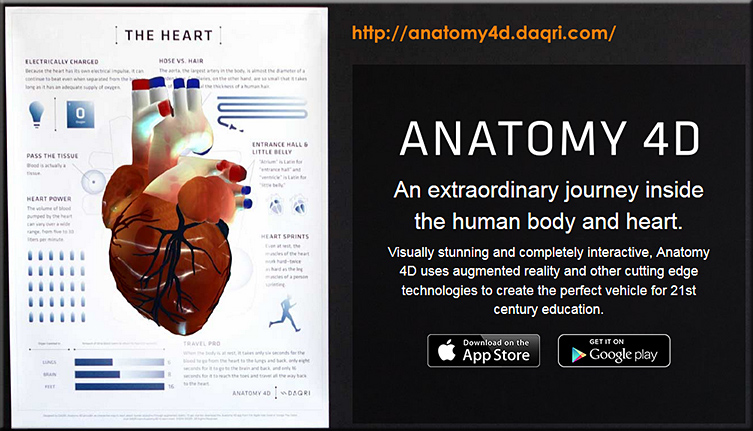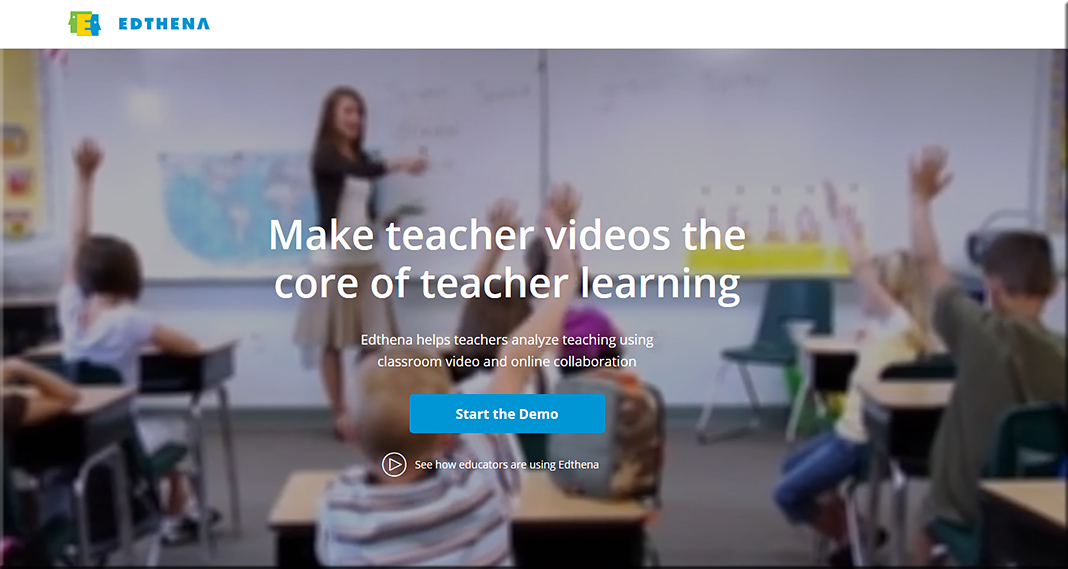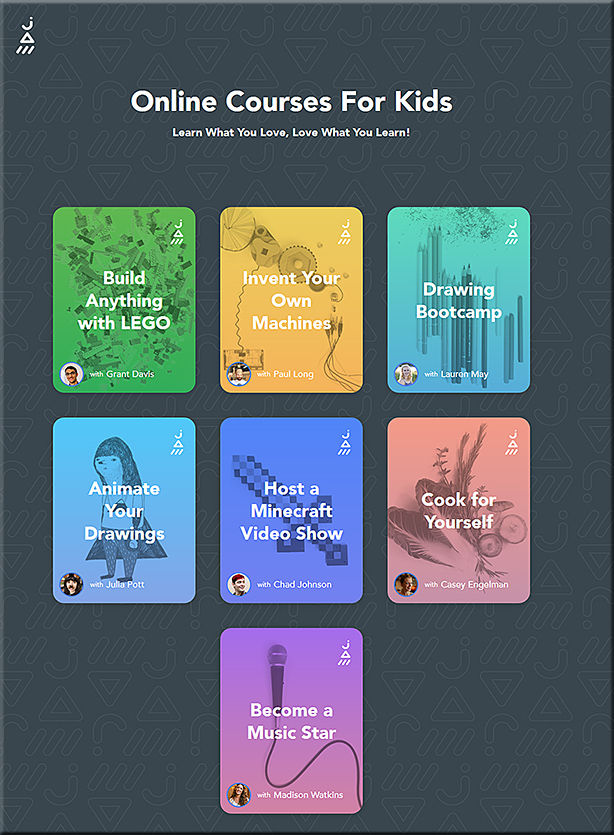From DSC:
After reviewing the article and video (below), it will be interesting to see how machine-to-machine (M2M) communications will be used in combination with augmented reality — and perhaps with virtual reality and mixed reality as well. That is, get to within a certain range of an object, and something automatically happens on your mobile device or your head mounted device. Perhaps that’s the sort of thing Apple is building into their next smart phone. It would sure open up some interesting learning and entertainment-related experiences — as such new affordances could help foster anticipation and curiosity, while grabbing someone’s attention.
This type of thing could easily become a piece of the future of art and creativity.
Mini-Mirages Emerge in an Augmented Reality Art Exhibition — from creators.vice.com by Nathaniel Ainley
Adrien M and Claire B’s latest series of installations basically looks like Harry Potter magic come to life.
Excerpt:
Even in its early beta stages, the new live exhibition from digital artists Adrien M and Claire B will have you rubbing your eyes in disbelief. Throughout their Mirages & Miracles display, the artist duo uses wondrous applications of augmented reality to create an orchestra of new installations, both small and large. Much like their live dance performance work at BAM, the new bundle merges the digital with the material, blurring the lines between what is real and what is fake. The multi-pronged ensemble uses augmented drawings, holographic illusions, virtual-reality headsets, and large-scale projections to create a number of unbelievable scenarios “that take root in both the mirage and the miracle,” according to the duo.
Mirages & miracles, premier aperçu… from Adrien M & Claire B on Vimeo.









